The Golden Age of comic books, from approximately 1938 to 1956, is widely considered to be an early pinnacle of the art form. Many famous characters that still fight bad guys to this day, were illustrated by many accomplished artists, including many Black artists. The art and stories of the era are well documented by historians, journalists, and comic book aficionados. However, until now, one group of artists has gone mostly unheralded, those notable Black artists of comic books, and author Ken Quattro has dubbed them, “Invisible Men”. Borrowing some themes and pluralizing the name from Ralph Ellison’s Invisible Man, the iconic 1952 novel about race, class, and communism; Quattro has uncovered the stories of 18 important Black comic artists from this Golden Age.
Quattro, a trained journalist and accomplished short form author, set about his journey to tell these stories more than 15 years ago. A brief conversation with Black comic artist Matt Baker, led Quattro down a long path which has resulted in this stunning debut book, Invisible Men: The Trailblazing Black Artists of Comic Books (published by Yoe Books, an IDW imprint). Quattro has unearthed the incredible stories of these Black artists that have gone unrecognized and often uncredited for the last century.
“These Black artists worked through ‘comic shops’ which were like factories, or assembly lines,” Quattro explains. These comic shops hired numerous artists to illustrate stories for the comic book publishers and had to turn them around on very short deadlines. “Comics were selling like crazy, and the publishers would hire these guys to give them content. And these comic shops would hire artists and put them in rooms with drawing tables and make a 64-page comic book in two days.”
One reason for the lack of information about these Black artists in this age of comics is because they were hired by these comic shops, but they weren’t allowed to work around the other white artists and they made their contributions to the comic books at home. “These Black artists wouldn’t get an assignment when they went to a publisher on their own, but working through a comic shop, they could get an assignment and take it home and work on it”.
A lot of these artists were self-taught, but a lot of them were also classically trained, which Quattro says most people find surprising. “It’s an ironic situation where you had these guys who were very accomplished artists in one part of society, but they were considered almost inconsequential in another part”. Elton Fox is a great example of this, born in Baltimore in 1909, he got his fine arts degree from Syracuse University in 1931. Also, E.C. Stoner, who drew the Blue Beetle, was classically trained at the Académie Julian in Paris, France. One of the most shining examples in Quattro’s book of a fine artist that paid the bills drawing comics, is Alvin Hollingsworth, whose comics and paintings are both highly sought after in the comic book and collectible art worlds.
Almost all of the comic book publishers were owned and run by white people at this time. One notable exception was “All-Negro Comics”, which was started by journalist and artist Orrin Cromwell Evans in 1947, but it had a short lifespan as Quattro tells us. “When they went to publish the second issue, white paper suppliers wouldn’t sell him paper”. An original copy of the first and only issue of “All-Negro Comics”, is worth tens of thousands of dollars, in almost any condition.
Most people think the first Black comic book “superhero” was Black Panther is 1969, but Quattro reexamines this common misconception with the emergence of the Matt Baker creation “Voodah” in 1945 for Crown Comics. “He was a Black Tarzan, but even though he was Black on the interior of the comic book, on the covers he was colored white, and the reason for that, was that in the south, they wouldn’t put a comic on the newsstands that portrayed a Black character in a positive light”.
These Invisible Men may never become household names, but these trailblazing comic book artists share the same spot in the pantheon of the legendary artists from the Golden Age. Artists like Ezra Clyde Jackson, whose daughter is now a U.S. Congressperson. Or Owen Middleton, who when released from a life sentence in prison, found a career in comic books. And don’t forget about Orrin C. Evans who founded the first Black comic book company. And then there’s E.C. Stoner, who was one of the primary artists in the Harlem Renaissance and was the talent behind the “Nazi punching” Blue Beetle.
Invisible Men: The Trailblazing Black Artists of Comic Books is available everywhere, including Amazon, but Quattro encourages you to go pick it up at your local comic book shop, and to maybe get a few Black artist comic books while you’re there too.
You can also find out more about Ken Quattro and his Comics Detective work on his website.

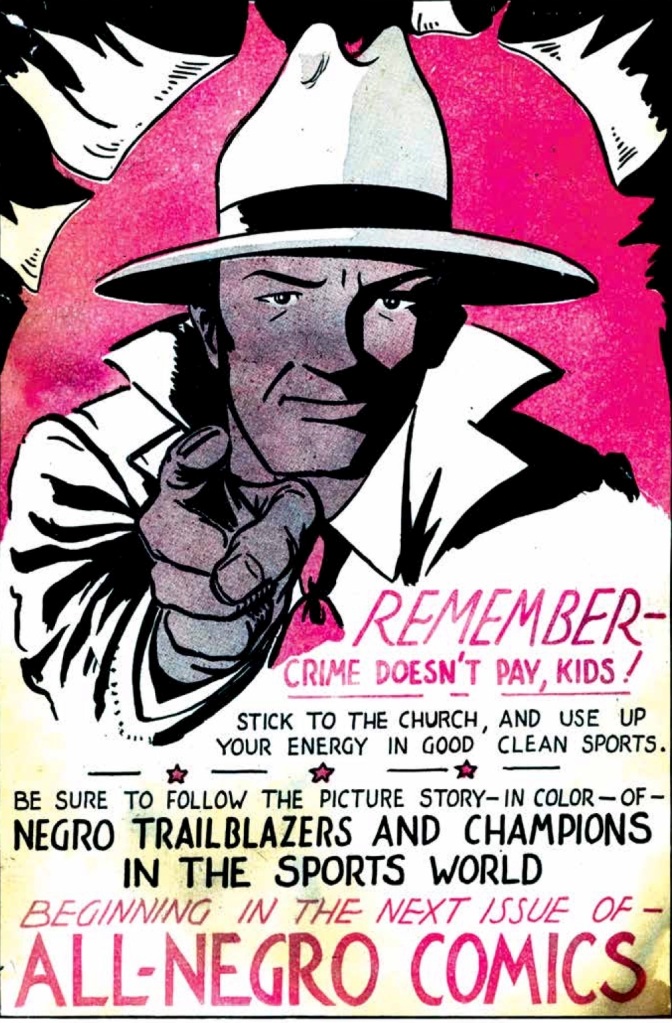
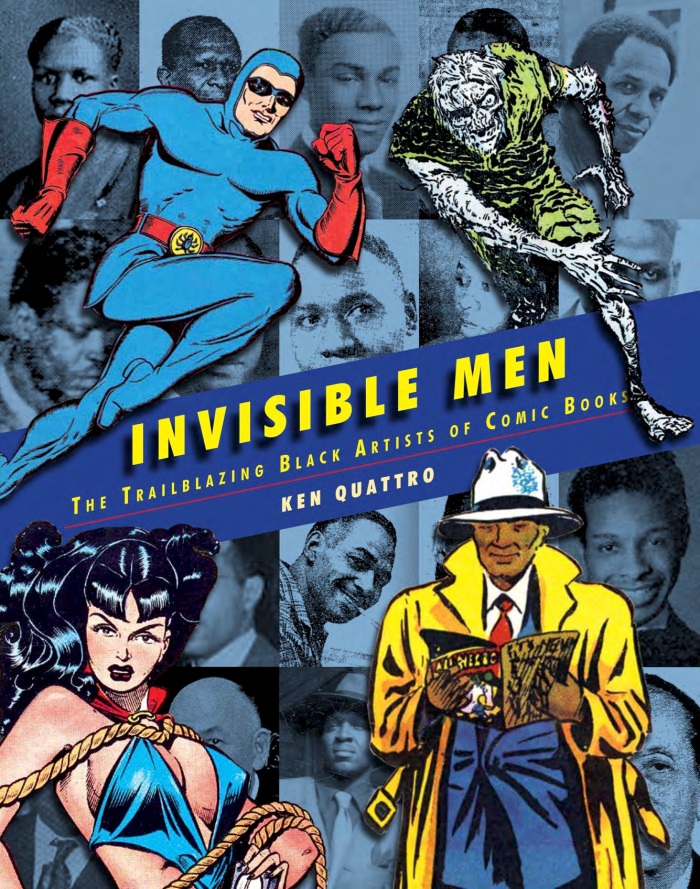
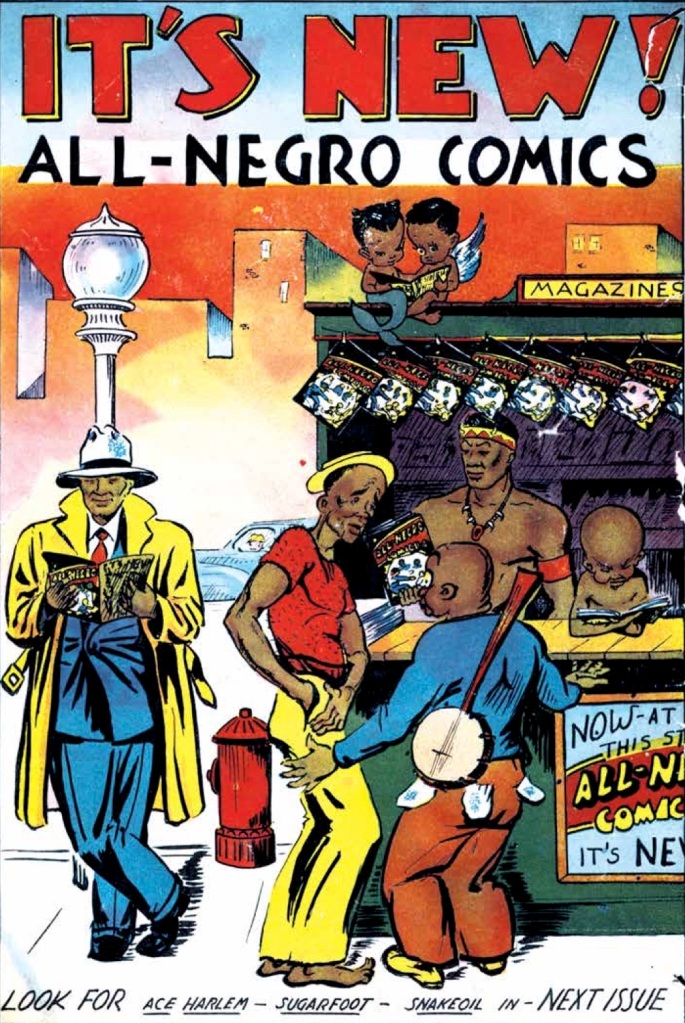
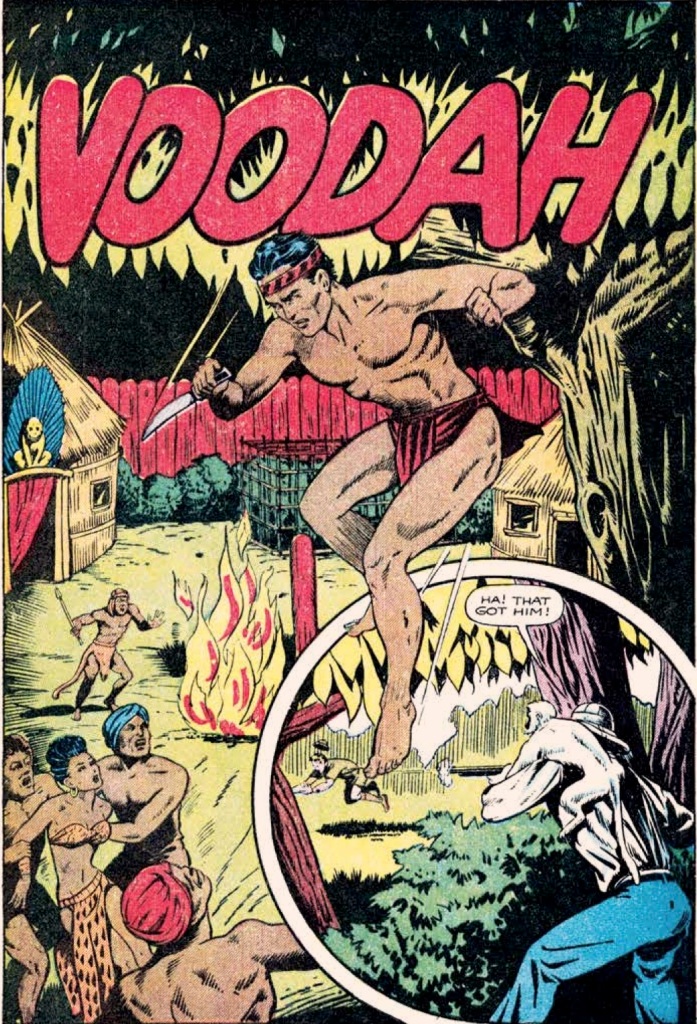
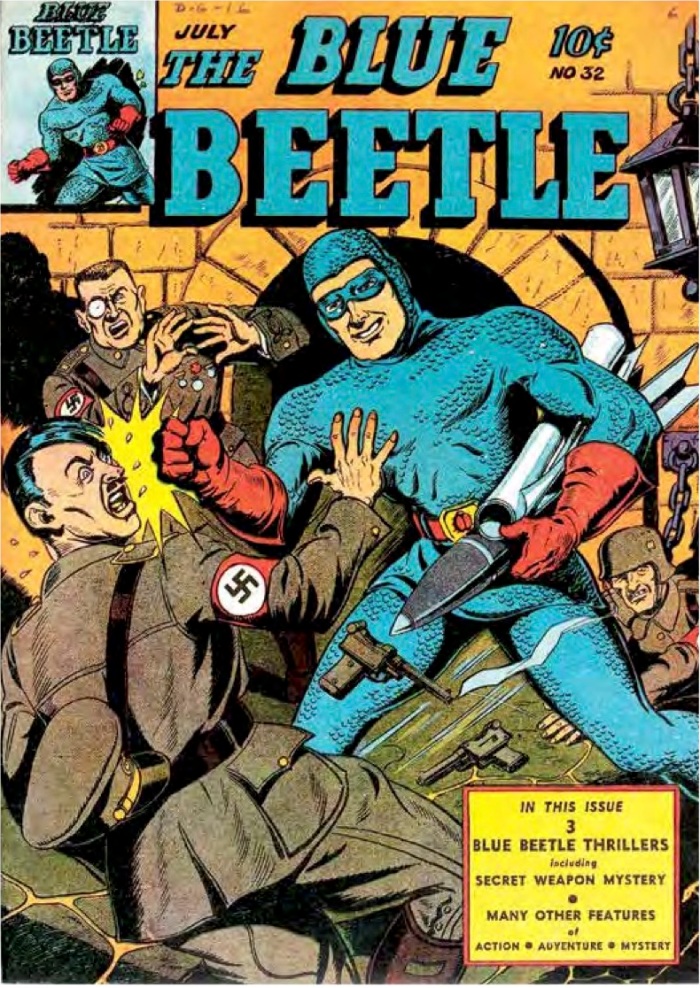




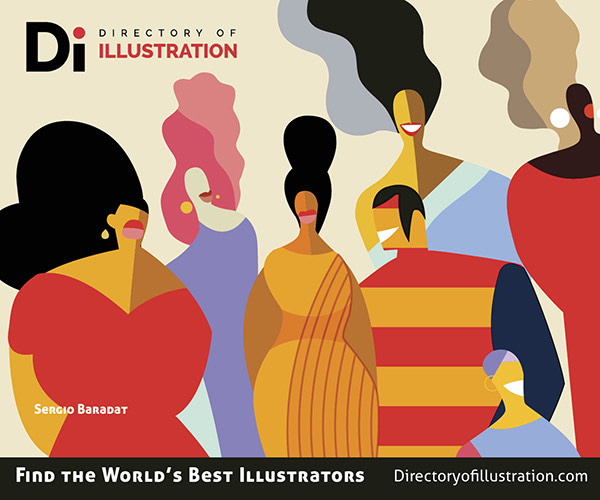

Exactly as the article mentioned I thought the Black Panther is the first black comic hero. Good to know the comic history that wasn’t highlighted for long.
This is a veryinformative arrival on black artists how work in the comics industry during the golden era 1936 to 1958 please give more information on such artist Orrin C Evend how funded the first black on comic book company or Matt Baker creation of Voodah whicch he regionally met for to be black but the publisher change his skin to white because southern book stand owners would not allow it on the stand.